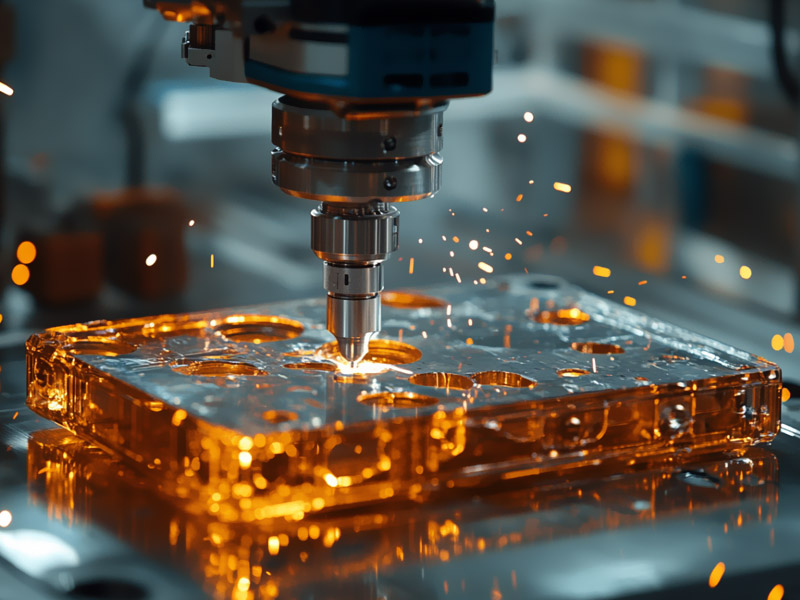
What kind of tool is needed to process the three-guard mobile phone?
From the perspective of enhancing professionalism and readability, I will conduct an in-depth analysis of the manufacturing process of the three defense mobile phone, highlighting the key role of tool selection and material processing.
Precision manufacturing process revealed: How to achieve the ultimate protection performance of the three-guard mobile phone
In the increasingly fierce competition in the smart phone market today, the three defense mobile phone with its unique protection performance, has become the preferred equipment for special industry users and outdoor enthusiasts. This type of mobile phone needs to maintain stable operation in extreme environments, and its manufacturing process involves collaborative application of multi-disciplinary fields such as material science, precision machining and sealing technology. Among them, the precise control of tool selection and processing technology directly determines the quality of protection performance.
1. Metal frame: core support for structural strength
As the skeleton system of the mobile phone, the metal frame is usually made of aviation grade aluminum alloy or medical grade stainless steel. Under the precise control of the CNC machining center, the 0.3mm diameter miniature end mill sculpts flat structures with micron precision on the surface of the material at a speed of 20,000 revolutions per minute. Ball end milling cutter through the five-axis linkage technology, the edge of the mobile phone for 0.01mm surface polishing, not only to ensure the comfort of holding, but also to enhance the anti-fall performance. The threaded tool is made of carbide material and completes the machining of the M1.2 standard screw hole in 0.1 seconds, ensuring that the installation accuracy of subsequent components does not exceed 0.02mm.
Of particular concern is the deburring process, which uses an emery head with a diameter of 0.05mm to trim the machined surface at a nanoscale under a microscope. This process not only eliminates the mechanical stress concentration point, but also controls the surface roughness below Ra0.4μm, providing an ideal base for subsequent waterproof coating attachment.
2, plastic shell: the perfect balance of lightweight and protection
For the processing of polycarbonate (PC) and thermoplastic polyurethane (TPU) composite materials, the high-speed steel tool is cut at a linear speed of 300m/min, and the cutting temperature is controlled below 60℃ by optimizing the spiral Angle design, effectively avoiding material deformation. The engraving tool uses laser assisted heating technology to carve a 0.03mm deep non-slip texture on the surface of the 0.1mm thick shell, which improves the grip feeling without damaging the protective performance.
Sealing groove processing is the key link of plastic parts manufacturing. Special slot milling cutter adopts progressive cutting edge design, with 0.005mm feed rate, in 3 seconds to complete the depth of 0.8mm, width of 1.2mm sealing groove processing. This design ensures that the O-ring compression rate is controlled in the optimal range of 15%-20%, so that the waterproof level reaches IP68 standards.
3, screen processing: rigid and flexible protection art
The processing of sapphire glass requires the collaborative application of diamond coated cutting tools and laser cutting technology. The diamond tool is used for ultra-precision cutting on the glass surface with a cutting depth of 0.002mm, and the amount of edge breakage is controlled within 5μm with the ultrasonic assisted vibration system. Laser cutting machine through the nanosecond pulse technology, in 0.5 seconds to complete the diagonal length of 15cm screen cutting, edge perpendicularity error is less than 0.01°.
Edge treatment using CMP chemical mechanical polishing technology, the use of 50nm silica abrasive, at 60psi pressure for 30 minutes grinding, so that the glass edge to form a radius of 0.05mm of stress relief chamfering. This process increases the impact strength of the glass by 40%, ensuring that it remains intact during the 1.5-meter free drop test.

4. Sealing structure: The ultimate guarantee of protective performance
In the O-ring groove machining, the special tool adopts the asymmetric cutting edge design, and the high-pressure air cooling system ensures that the material is free from thermal deformation during the processing. The dimensional tolerance of the finished notch is controlled within ±0.01mm and the surface roughness Ra0.8μm, which provides an ideal mating interface for the silicone sealing ring. The micro-drill drill drill holes 0.3mm in diameter on the 0.5mm thick metal plate, combined with waterproof breathable film, to achieve the dual function of air pressure balance and liquid barrier.
The screw hole machining adopts a step-by-step process: first positioning with a 0.2mm diameter center drill, then pre-drilling with a 0.3mm twist drill, and finally precision reaming with a 0.4mm reamer. This process ensures a thread profile integrity of more than 98% and, when used with waterproof thread glue, can withstand water pressure tests of 100kPa.
5. Surface treatment: integration of function and aesthetics
The surface of the metal is treated with magnetorheological polishing technology, using a magnetic abrasive with a diameter of 5μm, and the surface is trimmed at the nanoscale under the control of the magnetic field. This process reduces the surface roughness from Ra0.4μm to Ra0.1μm, while forming an oxide film with a thickness of 3μm, significantly improving corrosion resistance. Plastic parts use plasma treatment technology to form nanoscale rough structures on the surface of the material through RF glow discharge, which improves the coating adhesion by 300%.
The micro screwdriver head used in the assembly process is made of S2 tool steel and matched with a torque sensor to ensure that the tightening torque of each screw is controlled at 0.5±0.05N·m. The final product needs to pass 100-hour salt spray test, IP69K waterproof test and 1.8m drop test, and all performance indicators meet military grade standards.
From material selection to precision machining, from structural design to surface treatment, every process reflects the ultimate pursuit of protective performance. At present, the industry is actively exploring innovative processes such as nano-coating technology and bionic structure design, and the future three-defense mobile phone is expected to achieve a thinner body and richer functional integration while maintaining protective performance. The progress of this precision manufacturing technology not only promotes the development of the consumer electronics industry, but also provides important technical references for special fields such as industrial equipment and medical instruments.
If you need to further explore the technical details of a particular process, or understand the differences in the implementation of different levels of protection, please feel free to ask for specific requirements.



